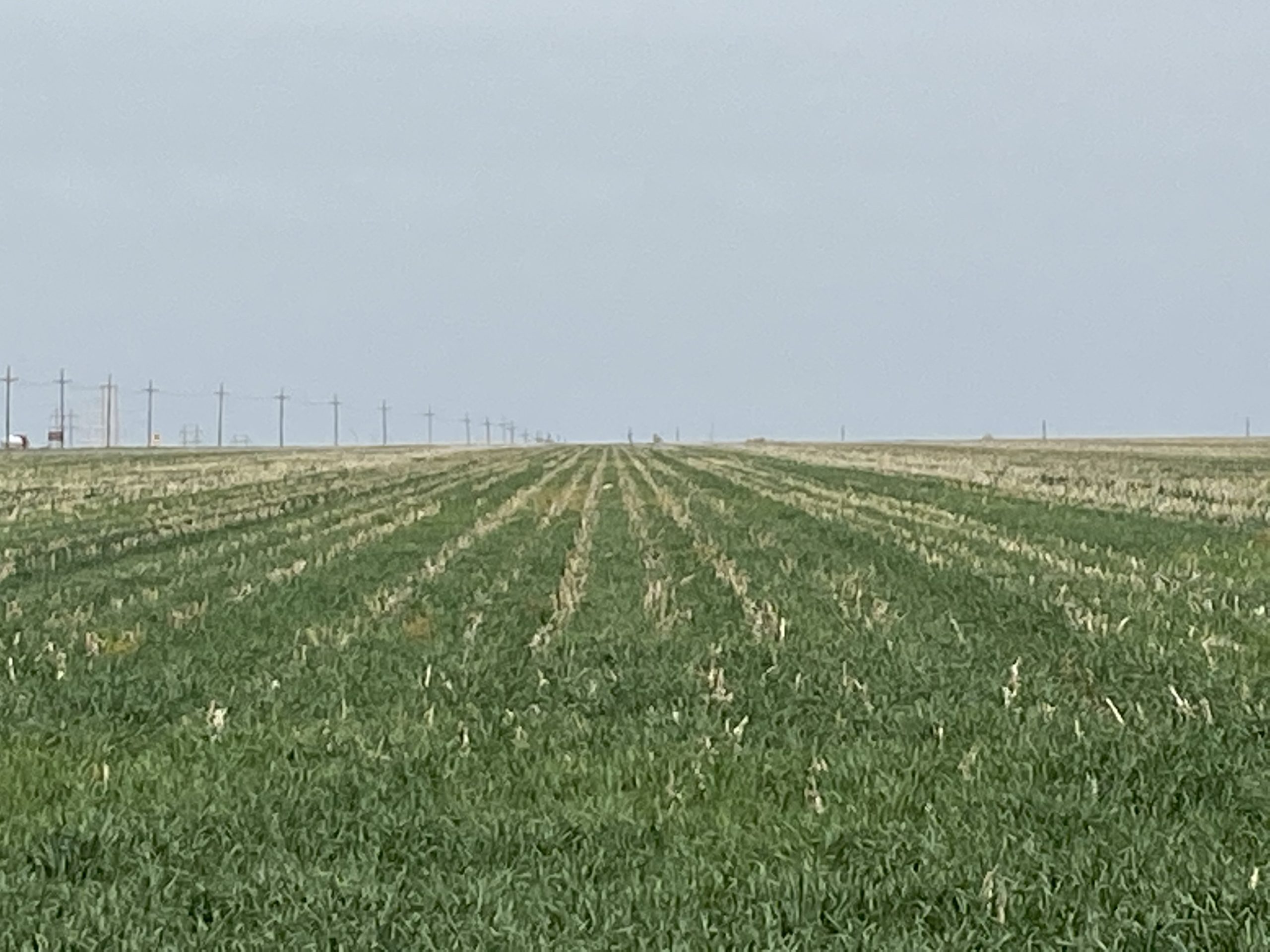
Double cropping wheat after corn is a common practice in some regions, though it’s less frequently done after sorghum. This discrepancy can be attributed to two main factors. First, corn is often grown in areas with more irrigation or higher rainfall compared to sorghum. Second, corn is typically harvested earlier, providing a longer window for wheat planting.
Despite these challenges, with proper management and planning, wheat can be successfully grown after sorghum.
Timing is crucial for a successful winter wheat crop. The ideal planting date varies by region and environmental conditions. In semiarid areas, planting too early can deplete valuable soil moisture in the fall, leaving less water available for spring growth. Conversely, planting too late may restrict the wheat’s rooting depth before it goes dormant in winter, which can limit its ability to access deeper soil moisture in the spring. Late planting can also reduce tillering, directly impacting yield.
To optimize wheat planting time, an early harvest of sorghum is essential. Two main factors affect the timing of the sorghum harvest: the planting date and the maturity duration of the sorghum hybrid. Planting sorghum early and selecting a hybrid with a shorter maturity period are crucial for an early harvest. Additionally, once sorghum reaches physiological maturity, and the grain moisture drops below 20%, applying glyphosate to terminate the sorghum plants is advisable. This practice prevents sorghum from using soil water that would benefit the wheat crop.
A misconception among some growers is that wheat cannot be planted after sorghum due to toxic substances produced by sorghum that can harm wheat. This is known as an allelopathic effect. While sorghum does produce compounds that can be toxic to other plants, the impact on wheat is greatly overstated. Many growers routinely plant wheat after sorghum without significant problems. To minimize potential allelopathic effects, consider the following management practices:
- If soil erosion is not a concern, tillage of sorghum stover soon after harvest can speed up the degradation of any toxic compounds.
- Delay wheat planting a few days to allow further degradation of any toxic materials.
- Increase the wheat seeding rate by 25% to compensate for any potential reduction in seed germination and seedling vigor.
- For no-till systems, use glyphosate to kill sorghum plants once they are physiologically mature. This approach provides more time for allelopathic compounds to break down. This also allows for wheat to be planted with a more optimal planting window.
- When planting into sorghum stubble, add 30 pounds of nitrogen per acre above the normal rate. This additional nitrogen helps decompose sorghum residue and supports wheat tillering, ensuring a robust stand.
By following these guidelines, growers can effectively manage a wheat crop following sorghum, ensuring both optimal growth and yield.
Editor’s note: Brent Bean, Ph.D., is the Sorghum Checkoff director of agronomy, Lubbock, Texas. For more information, visit www.sorghumcheckoff.com.



